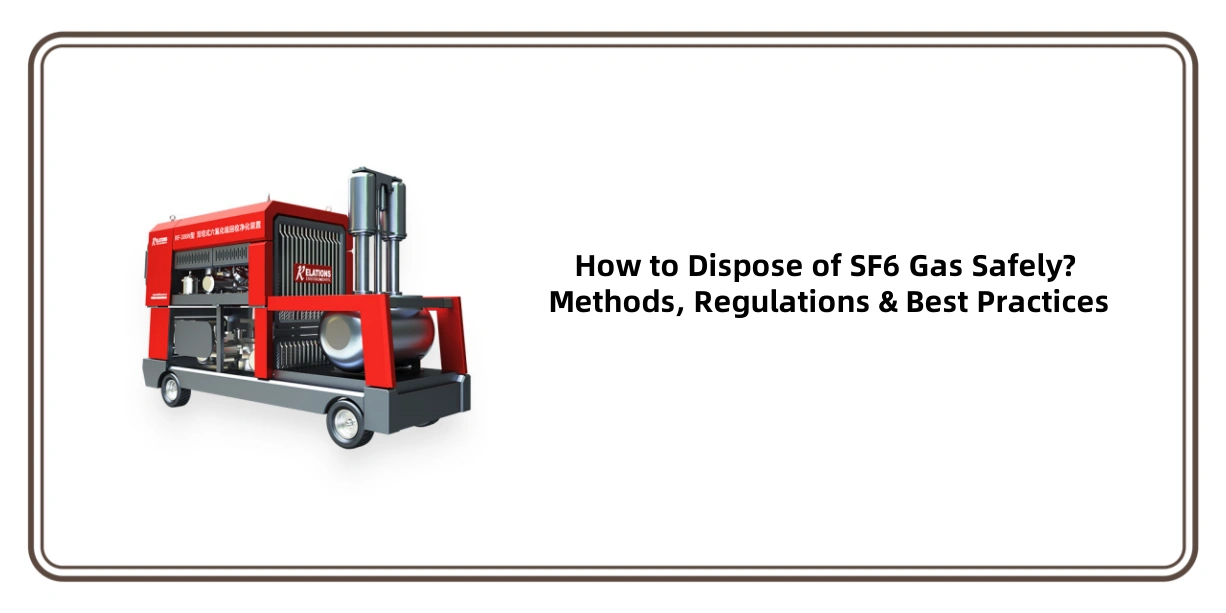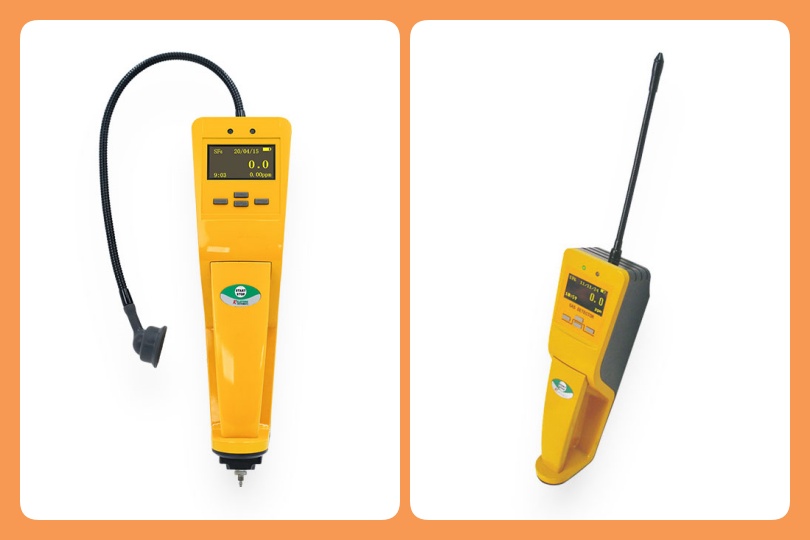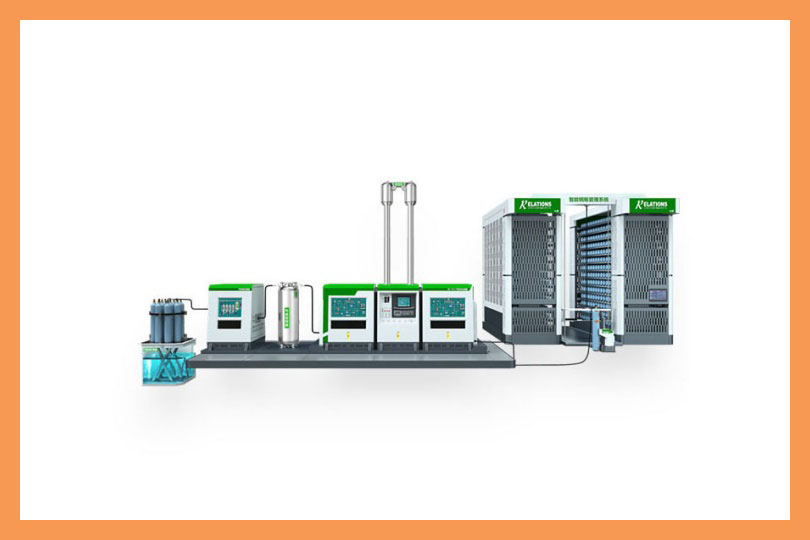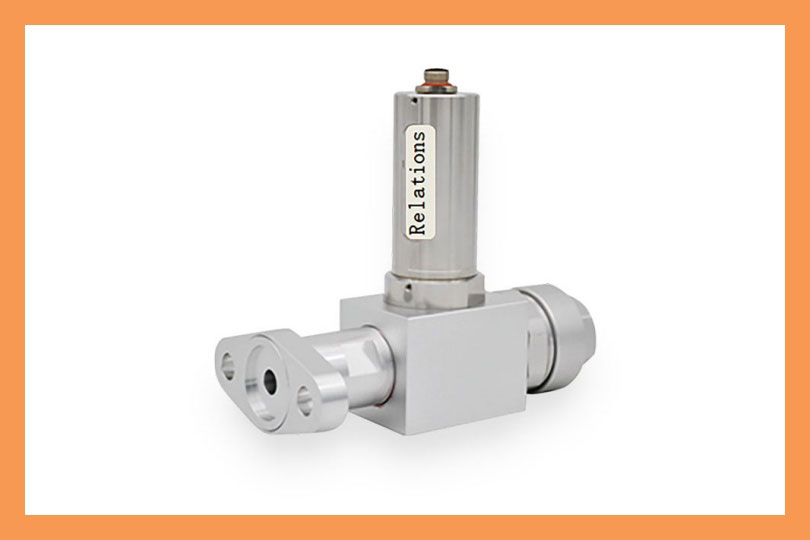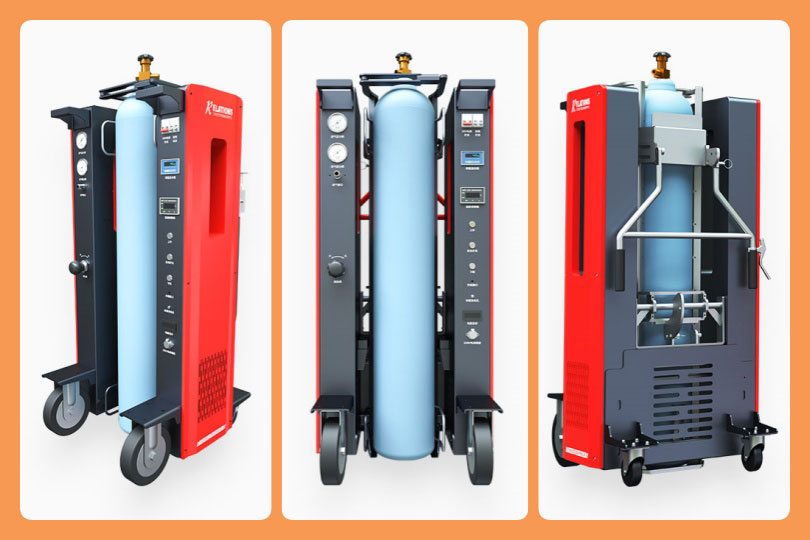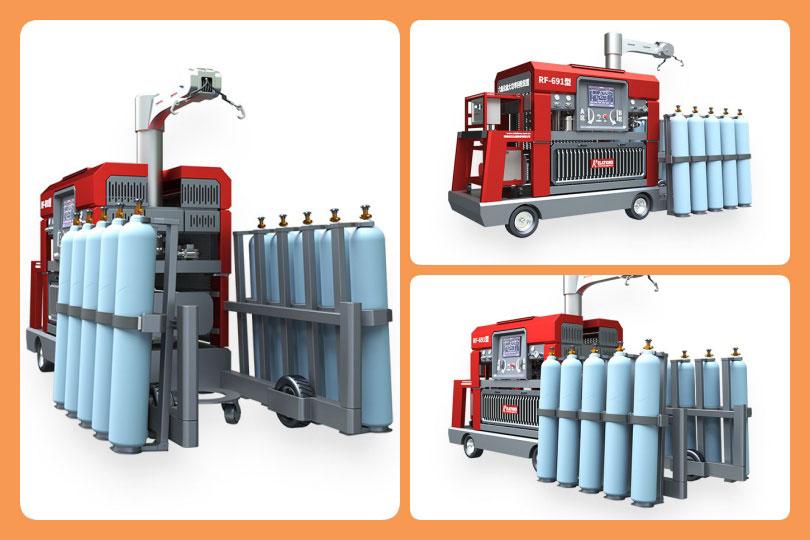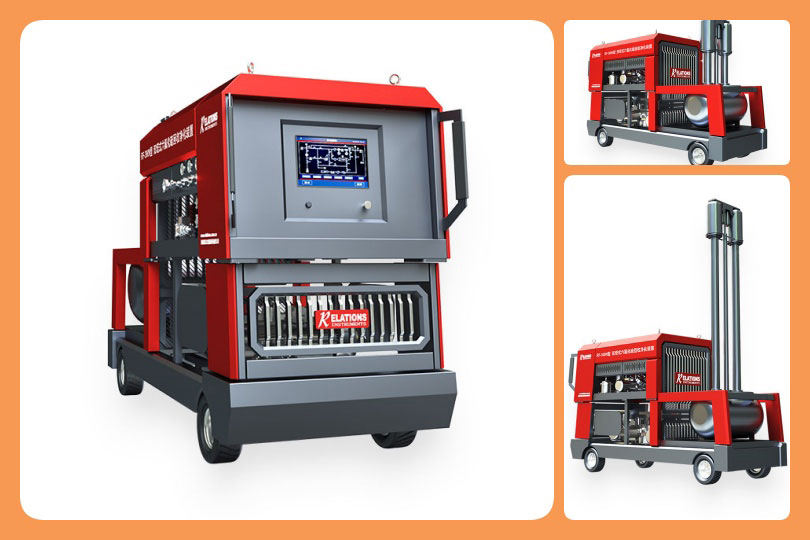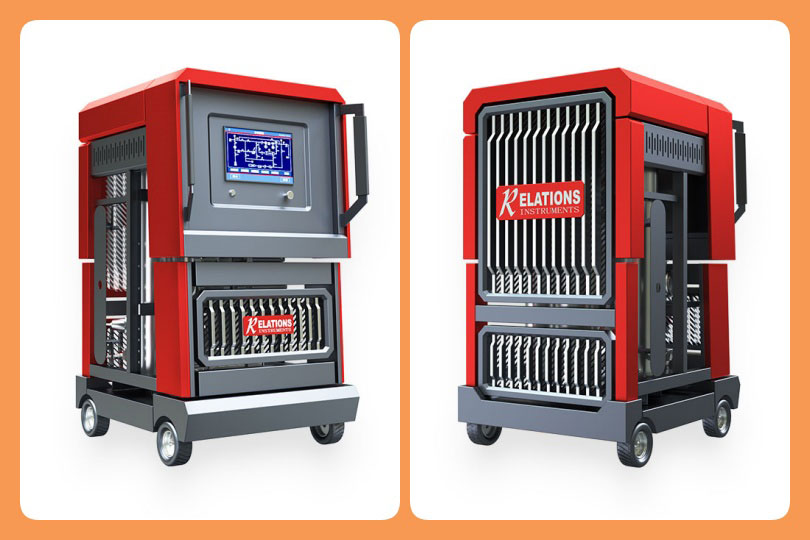How to Dispose of SF6 Gas Safely? Methods, Regulations & Best Practices
Date
2025-06-05
[email protected]
Website
www.sf6gasdetector.com
Get Solutions And Quotes
How to Dispose of SF6 Gas Safely? Methods, Regulations & Best Practices
Sulfur hexafluoride (SF6) gas is widely used in the electrical industry due to its excellent insulating and arc – quenching properties. However, as a potent greenhouse gas, SF6 has a global warming potential 23,500 times that of carbon dioxide and an atmospheric lifetime of over 3,200 years. This makes proper disposal of SF6 gas a dual necessity for environmental protection and regulatory compliance.
1. Overview of SF6 Gas Disposal Process
The disposal of SF6 gas follows a scientific process of “recovery – treatment – compliant emission”. First, specialized SF6 gas recovery equipment is used to extract the gas from electrical devices such as circuit breakers and gas – insulated switchgear (GIS). These devices utilize compression and liquefaction technologies to store the gas in high – pressure cylinders, laying the foundation for subsequent treatment. It is important to note that gas recovery alone is insufficient; subsequent in – depth treatment is crucial to eliminate its environmental hazards.
2. Detailed Explanation of Core Disposal Methods
(1) Adsorption and Decomposition Method
Activated carbon filters and molecular sieves are key components of the adsorption and decomposition process. Through physical adsorption, they effectively remove impurities from the recovered SF6 gas. The purified SF6 gas through adsorption then undergoes decomposition in a high – temperature reactor at temperatures exceeding 1,000°C, transforming into less harmful substances such as sulfur dioxide and hydrogen fluoride, which are then neutralized. For example, after a large – scale power enterprise adopted this method, the harmless treatment rate of SF6 gas reached over 98%.
(2) Chemical Scrubbing Method
Chemical scrubbing technology uses specific metal oxides to react chemically with SF6, converting it into metal fluorides and sulfur – containing compounds, which are more convenient for safe disposal. Compared with the high – temperature decomposition method, chemical scrubbing can reduce energy consumption by approximately 30%, making it more cost – effective in many treatment scenarios.
3. Regulatory Compliance and Safety Key Points
Globally, regulations on SF6 gas emissions are becoming increasingly stringent. The EU’s F – gas Regulation clearly limits SF6 emissions and mandates the use of compliant disposal processes; the U.S. Environmental Protection Agency (EPA) enforces strict penalties for illegal emissions in accordance with the Clean Air Act. Enterprises must establish a comprehensive compliance management system to ensure that the disposal process meets regulatory requirements.
Meanwhile, safety protection is an indispensable aspect of the disposal process. Due to the asphyxiating properties of SF6 gas in high – concentration environments, operators must wear personal protective equipment (PPE) throughout the process, including self – contained breathing apparatus (SCBA) and protective clothing. Disposal sites should be equipped with efficient ventilation systems and comprehensive emergency response plans to deal with unexpected situations.
4. Conclusion
The scientific disposal of SF6 gas is key to balancing industrial needs and environmental protection. Through a systematic recovery and treatment process, strict regulatory compliance, and comprehensive safety protection, we can effectively reduce its negative impact on global climate and help enterprises achieve sustainable development goals. In the future, with the continuous advancement of technology, more efficient and environmentally friendly SF6 gas disposal solutions will continue to emerge.
Related Equipment
SF6 Gas Recovery, Purification And Detection Device
| Parameter Name | Parameter Value |
| Product Name | Twin-tower Distillation SF6 Gas Recovery, Purification and Detection Device |
| Recovery Rate | 38 m³/h |
| Negative Pressure Recovery Rate | 31.3 m³/h |
| Vacuum Pumping Rate | 64 m³/h |
| Purification Capacity Compliance | GB/T 12022 |
